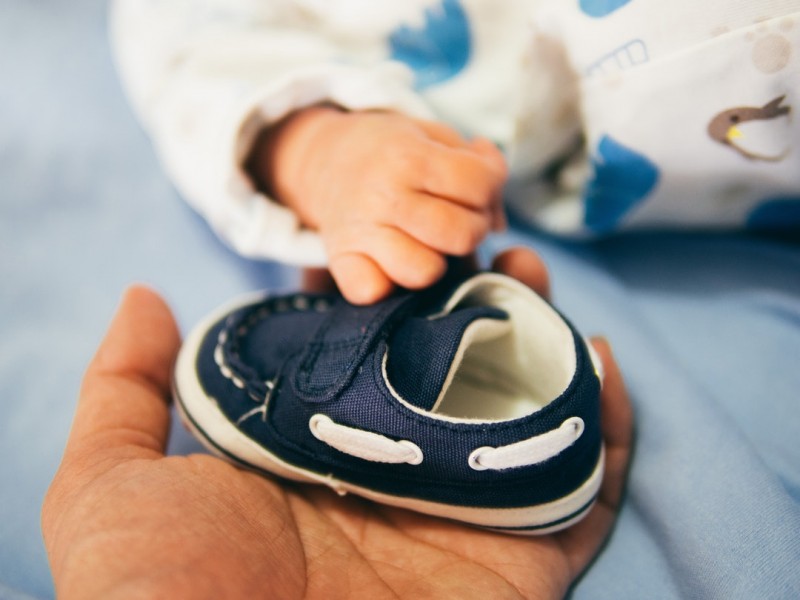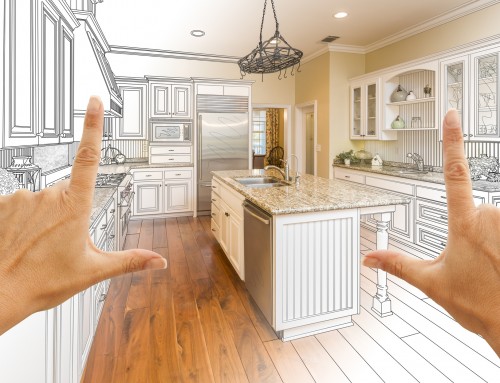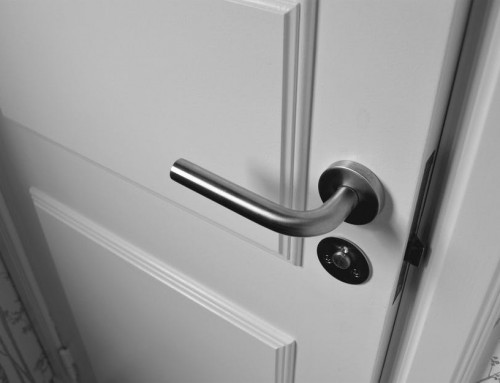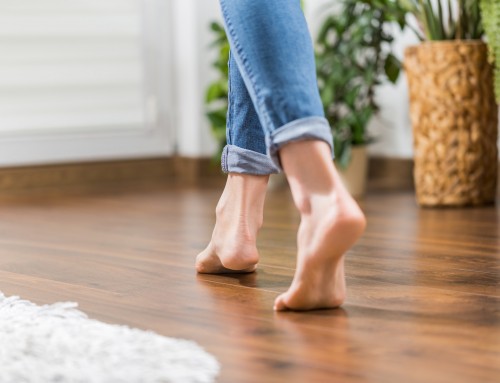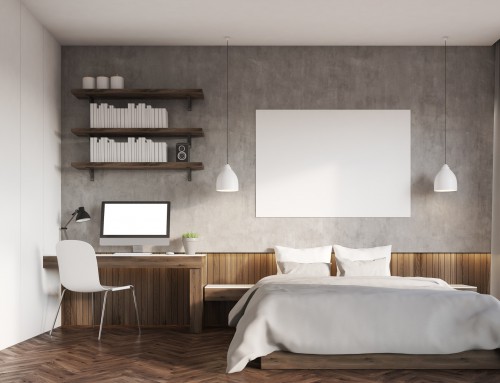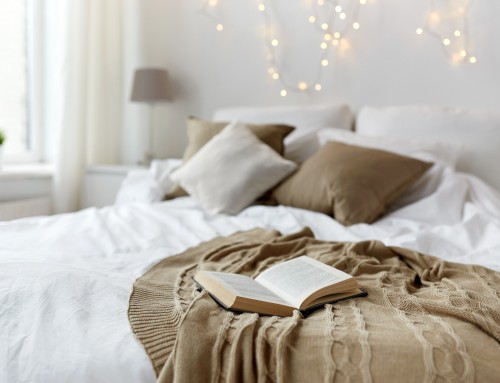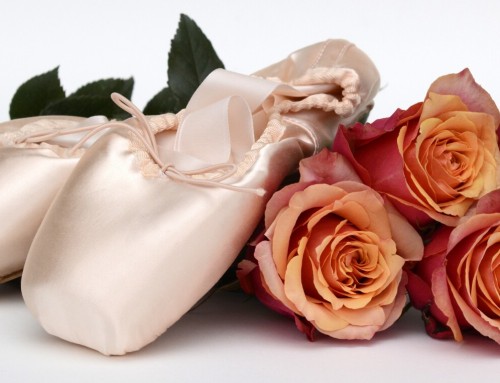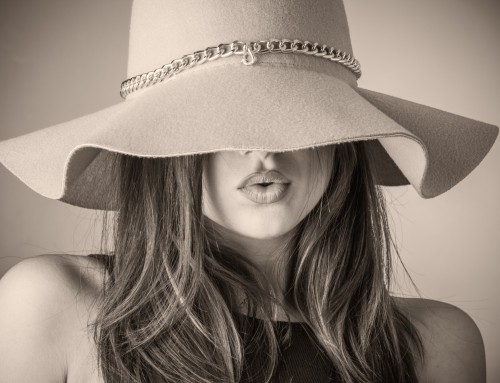We all love baby shoes. They are cute little shoes, small enough to fit a baby’s tiny feet. Even looking at baby shoes is enough to make our hearts melt.
Even though they’re cute, some baby shoes can make your baby uncomfortable and not fit right. This is why it’s essential you pick the best baby shoes.
Your baby’s shoes should fit well and offer plenty of comforts. Because your baby is constantly growing, you’ll have to frequently buy new baby shoes to fit their growing feet.
But how do you choose baby shoes? If you’re buying your baby’s first shoes, here are 10 tips to keep in mind.
1. Knowing When to Buy Baby Shoes
Did you know babies don’t need shoes until they’re older? That’s because shoes interfere when a baby is learning to walk.
But your baby’s feet still need protection. That’s why socks are the best option. If you do want to buy shoes during the walking phase, opt for booties or soft-soled shoes.
When does your baby need shoes? When they become comfortable walking. Once your baby is walking all over the place, it’s time to buy their first real pair of shoes!
2. Choose a Lightweight Material
Your baby’s feet are still sensitive, even after they start walking. That’s why you should choose a lightweight material.
Cloth shoes are the best option. The material is lightweight but durable enough to support their feet. Cloth is also very comfortable, so your baby will walk everywhere without painful feet.
Another great option is soft leather. Soft leather is perfect for special occasions and for colder days. Avoid stiff leather and any synthetic material. They hinder feet development and aren’t breathable.
3. Laces or Velcro?
Once you start dressing your baby, you’re ready to get them dressed and leave.
That’s why choosing Velcro shoes is ideal for most parents. All you do is slip the shoes on, close the Velcro, and your child is ready to leave.
But laces are still the most protective option. Children love playing with Velcro and might slip off the shoes. A double knotted lace will secure the shoes on your child’s feet.
4. Try Them On
Do you work a lot while also mothering? With your busy schedule, it’s easy to bulk order children’s shoes online. This might be okay with their clothes and toys. But buy shoes the ol’ fashioned way.
Take some time and bring your baby to the shoe store. Try on different pairs of shoes and find the ones with the best fit. Their shoes should be secure but with enough room, so they can walk around comfortably.
If you have any questions, ask the clerk. They will be happy to help select the best shoes for your baby.
If you do decide to order baby shoes online, purchase shoes from an online retailer that specializes in baby shoes, such as this website.
5. Choose Flexible Soles
The early walking years are vital for your child. These are the years your child’s feet develop and they develop their walking routine.
If your child’s shoes are too stiff, this can hinder their ability to walk. That’s why you should only choose shoes with flexible soles.
How do you test a shoe’s flexibility? Bend the soles. If the soles bend, they’re perfect for your child. The soles should also have a grip to prevent falling. If the soles are smooth and stiff, they’re no good.
6. Check the Material’s Softness
We previously provided shoe material recommendations. But what if you can’t read the material? And what if the material is an odd one? You can still test the material’s softness without Googling everything. It’s simple: squeeze the shoe.
Squeeze the top of the shoe before your child is wearing the shoes and while your child is wearing the shoes. If you can squeeze the fabric, it’s soft enough. If the shoe doesn’t squeeze easily, the material is too stiff.
7. Shop Later in the Day
There are many benefits of evening shoe shopping. One of them is you beat the afternoon crowd. Another benefit is your child’s feet swells more in the evening.
If you buy your child’s shoes earlier, you risk buying a smaller size. Trying on shoes with swollen feet may result in bigger shoes, but this is more comfortable than tight shoes.
8. Look for Problems
Let’s say you find adorable shoes that are the perfect fit, the shoes are flexible and made of a great material. Should you buy them yet?
There could be undercover problems that you don’t see on the surface.
Unfortunately, these problems don’t arise until after your child starts walking around. Breaking in baby shoes should be easy. If you buy a pair of shoes that don’t conform to your child’s feet, you risk injury.
So yes, if you think you found the perfect pair of shoes, buy them. But only if the store has a lenient return policy.
9. Other Safety Information
Foot injuries aren’t the only safety concern you should know. Children are curious. They could peel off Velcro and other decorative items. These pose a choking hazard.
There have been recalled baby shoes in the past. Check this list and know what shoes have been recalled and why.
10. Knowing Baby Shoe Prices
Babies are expensive. That’s why it’s important to prepare yourself for the price.
Baby shoes aren’t terribly pricey. A pair will cost you between $10 and $20. If you decide to go with specialty brands and shoes, expect to pay $40. It’s recommended you always have two or three pairs of shoes.
Buy Your Baby’s First Shoes With Ease
Baby shoes are absolutely adorable. But buying your baby’s first shoes comes with lots of responsibility. Buy shoes that are flexible, lightweight, and comfortable. Always have two or three pairs of shoes at a time.
Your baby’s feet are constantly growing and developing. Their shoes should support this growth.
For more advice for mothers and women, visit our blog.

